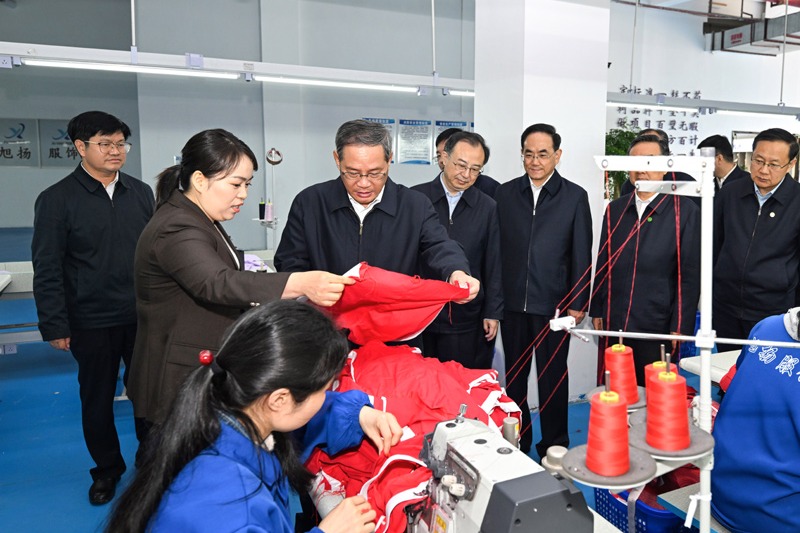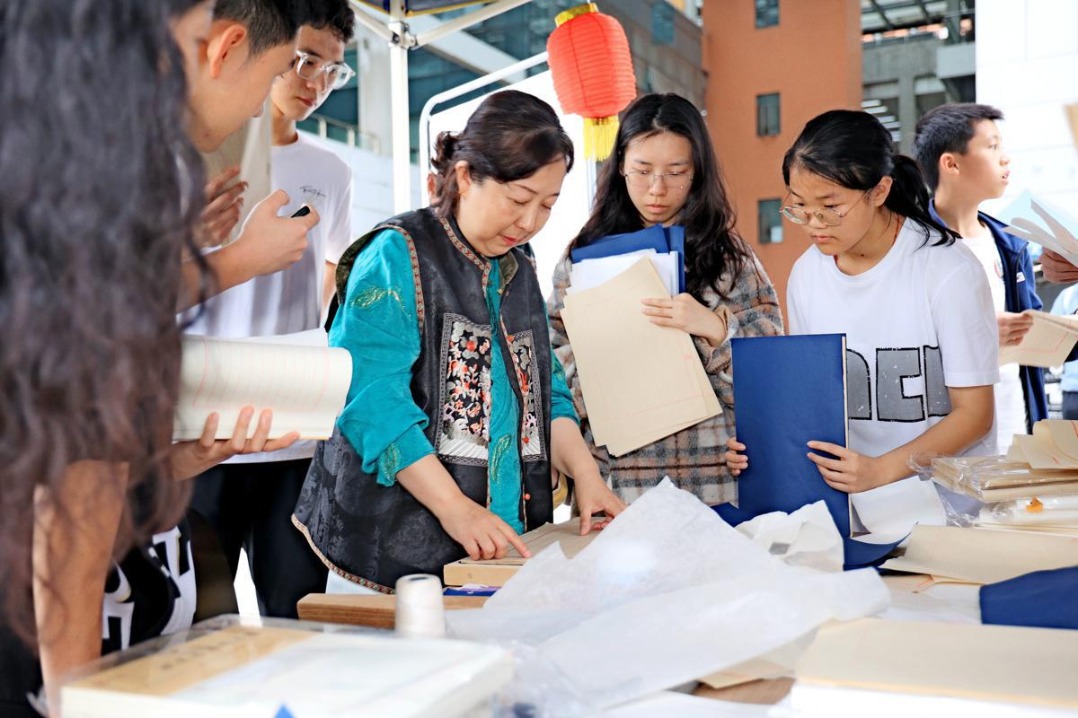Home-based dialysis to improve renal treatment

An automated peritoneal dialysis system is enabling patients with end-stage renal disease to undergo treatment at home in Guangzhou, Guangdong province.
Central control home automated peritoneal dialysis, or CHAPD, provides renal patients with more treatment options, according to Hou Fanfan, an academician of the Chinese Academy of Engineering.
"Uremia patients can now go to bed and undergo abdominal dialysis using an automated peritoneal dialysis machine at night, while getting on with their normal lives during the day, benefiting the vast majority of patients," Hou said.
The Kidney Disease Center of Nanfang Hospital Affiliated to Southern Medical University began to study and build a demonstration system for home-based CHAPD treatment in Guangzhou in November 2021, exploring the establishment of an automated peritoneal dialysis system at the township and village level or at patients' homes, said Hou. It creates an intelligent management system for "hospital-community dialysis", improving the efficacy and safety of peritoneal dialysis.
Hou is also director of the National Clinical Research Center for Kidney Disease and the Department of Nephrology with Nanfang Hospital Affiliated to Southern Medical University.
"After a year of great efforts, as the leading unit of the CHAPD project, Nanfang Hospital has completed the procurement of automated peritoneal dialysis equipment, initiated the development of an intelligent management system, and initially established a hierarchical management system consisting of the hospital's demonstration center, three provincial and municipal hospital sub-centers, and 17 community medical service centers," said Hou.
"So far, the demonstration centers have treated 16 patients undergoing automated abdominal dialysis treatment," she said.
"We will strive to complete the construction of an intelligent management system to link CHAPD to the country's medical insurance payment system to benefit more patients in the following months," said Hou.
More community medical service centers with a CHAPD system will be built to help popularize the treatment in rural areas in the near future, she said.
A uremia patient surnamed Fu, 39, said that with CHAPD he doesn't have to go to the hospital and can do his dialysis treatment at home.
"I can handle it alone, allowing me not only to have time to do my own things, but also freeing up my family's time," Fu said.
According to Hou, hemodialysis is the main method to treat uremia.
Patients who need hemodialysis have to go to the hospital about three times a week for 4-5 hours each time.
Due to the strict requirements for medical facilities, resources and personnel for hemodialysis, most hemodialysis centers in China are only set up in major hospitals in big cities and some county-level hospitals.
Many uremia patients in rural and remote areas are unable to receive long-term hemodialysis treatment.
According to a study published by the Chinese Center for Disease Control and Prevention and Nanfang Hospital in the journal Internal Medicine earlier this year, 82 million adults in China had chronic kidney disease from 2018 to 2019.
End-stage renal patients can only rely on dialysis or kidney transplantation for survival.
Although China has promoted hemodialysis at county-level hospitals, the 2019 China Dialysis Registration Report revealed only 630,000 renal patients in China are eligible for hemodialysis, accounting for only 21 percent of the patients who need it.
The international medical community has attempted to solve this problem through home-based hemodialysis, but due to the high price and complex operation of hemodialysis machines, it is still difficult to achieve home-based hemodialysis in China.
Peritoneal dialysis, however, is cheaper and more achievable, and could help to make up the gap for those in rural areas needing regular dialysis treatment.
- Many evacuated in Guangdong; more rain coming
- Beijing court sees rise in disputes involving digital economy
- Wenchang hosts Space Day celebration with meteorology integration
- Posters: Health literacy rate up in 2023
- Fish farming on dry land nets multiple catches
- Mainland to expand use of travel permits for Taiwan residents





































